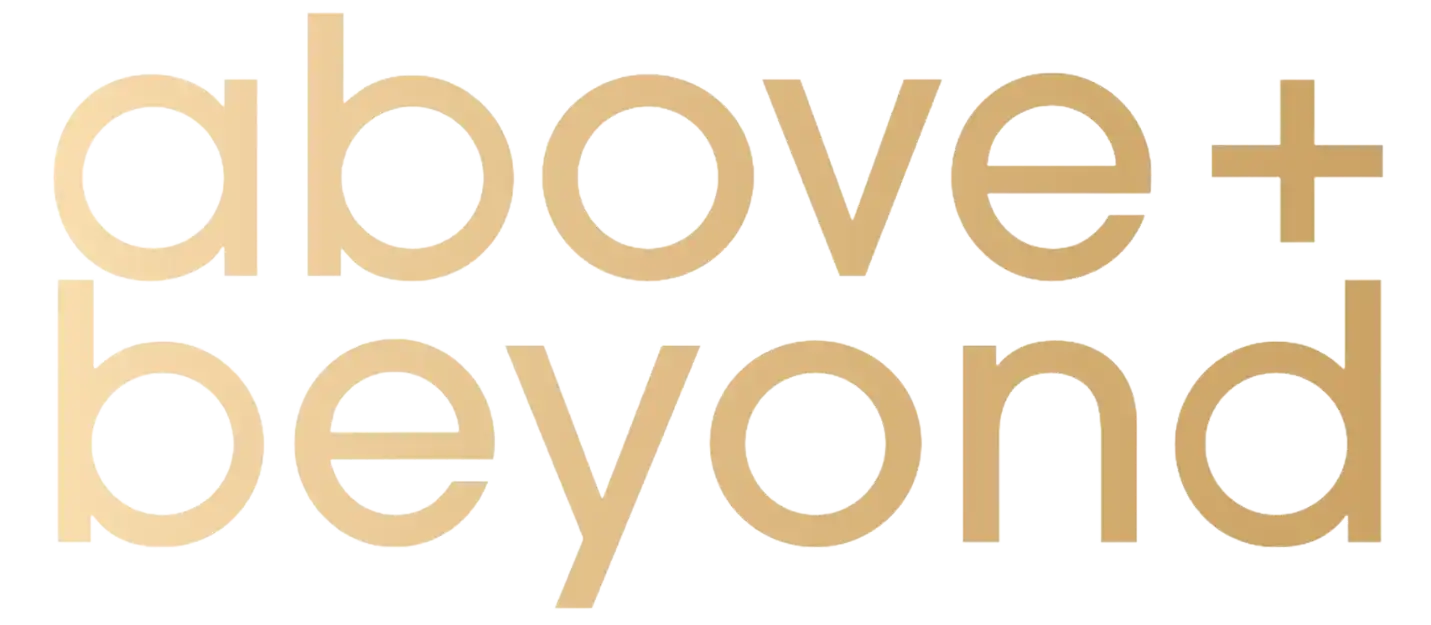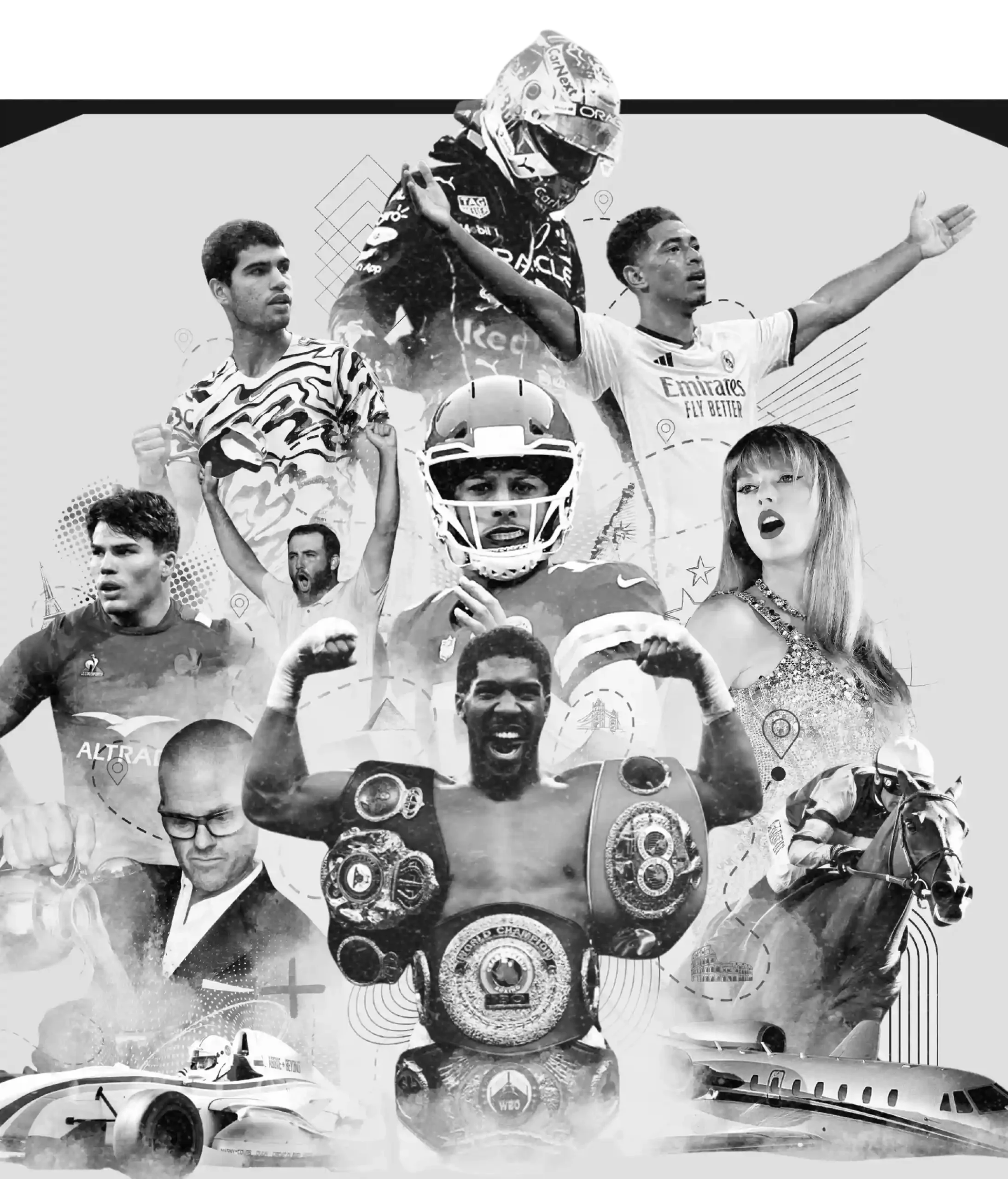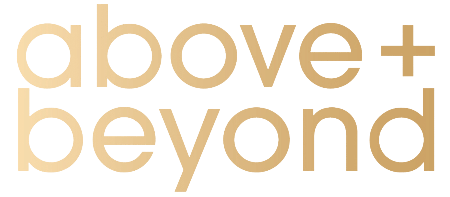Building the Perfect Brief with Above + Beyond
Let’s Make It Happen
Unforgettable experiences. Exclusive access. Whether it’s front-row seats, VIP hospitality, or a bespoke getaway, we make it happen – just for you.
Start Your Journey →
A great brief is the quiet force behind effective marketing and creative work. It aligns stakeholders, clarifies the problem, and gives agencies and internal teams the focus they need to deliver. Building the Perfect Brief: 14 Questions We Ask Every Client is our practical, working session designed to help senior marketers and their teams sharpen briefs, speed up approvals, and reduce rework—without adding bureaucracy.
Key facts at a glance
- Format: Interactive workshop (in‑person or virtual)
- Duration: 90 minutes, half‑day, or full‑day options
- Audience: CMOs, marketing leads, brand managers, product owners, agency partners
- Group size: Ideal for 6–25 participants
- Outcomes: A repeatable 14‑question framework, a draft or refined brief, and alignment on success measures
- Materials: Editable brief template, facilitator notes, scoring checklist
- Customisation: Tailored to your category, channels, and maturity level
- Location: On‑site at your offices or hosted virtually
- Availability: Year‑round; dates by arrangement
- Booking: Via our team; NDAs welcome for sensitive work
Why a stronger brief changes the work
Most delays and budget drift start with unclear inputs: fuzzy objectives, shifting stakeholders, or a lack of evidence to back the ask. A disciplined brief doesn’t slow you down—it accelerates delivery by removing ambiguity at the source. Our 14‑question framework is built to surface the right conversations early, giving teams the context and constraints they need to make smart, creative choices.
The 14 questions we ask every client
These are the questions we use to build or interrogate any marketing or creative brief. They work for brand campaigns, product launches, content series, CRM, and performance activity alike.
- What is the business problem? State the commercial issue or opportunity in plain language. Be specific about the gap you’re trying to close.
- What must change to solve it? Define the behavioural shift or market outcome you need (e.g., penetration, frequency, trade‑up).
- What objective will prove success? Use measurable, time‑bound goals. Distinguish between leading indicators and lagging KPIs.
- Who exactly are we trying to influence? Prioritise segments. Include attitudes, contexts, and any constraints (e.g., geo, platform, budgets).
- What do they think, feel, and do today? Summarise core insight and the real barriers to change (price, trust, habit, relevance, availability).
- What is the single‑minded proposition? The one thing we want people to believe—short, sharp, and defensible.
- Why should they believe us? Provide reasons to believe: proof points, demonstrations, evidence, and assets we can show.
- What brand role and tone are required? Clarify voice, personality, and any mandatory assets, design systems, or legal wording.
- What do we want people to do next? Define the primary call to action and any sequential steps across the journey.
- Where will we reach them most effectively? Priority channels and touchpoints, with rationale (context, cost, and contribution).
- What are the practical constraints? Budget ranges, timings, formats, approvals, compliance, and non‑negotiables.
- How will we measure and learn? Success metrics, testing plan, and a clear baseline; agree who tracks what, and when.
- Who are the decision‑makers? Map stakeholders, roles, and approval stages to prevent late changes.
- What must be delivered now—and what can follow? Define MVP deliverables, dependencies, and sensible extensions if results warrant.
Answered well, these questions shrink uncertainty, reduce rounds of amends, and set creative talent up to succeed. They also make it easier to explain the work to finance, legal, and leadership teams—because the logic is visible.
How the session works
1) Discovery
We open with your current challenge and the briefs you use today. We align on outcomes and agree the level of customisation your category requires.
2) Live brief surgery
We apply the 14 questions to a real brief (or build one from scratch). Participants work in small groups with a facilitator, using our template and scoring checklist.
3) Playback and refinement
Teams present their draft. We stress‑test assumptions, tighten language, and confirm the measures and governance needed to keep the work on track.
4) Practical takeaways
- Template: An editable brief doc tailored to your workflows
- Checklist: A scoring guide to qualify briefs before they’re issued
- Playbook: Example language for objectives, propositions, and proof
- Runways: Guidance for quick‑turn requests vs. larger campaigns
Who gets the most value
Teams with multiple stakeholders, regulated categories, or complex go‑to‑market plans see immediate gains. The session helps brand and performance teams work from a common spine, and gives agency partners the clarity they need to answer the right problem first time.
Common pitfalls this framework avoids
- Vague objectives: We move from “awareness” to a measurable shift tied to commercial impact.
- Audience sprawl: We prioritise who matters most and why, reducing wasted reach.
- Unfounded claims: We pair the proposition with proof people can see and trust.
- Late‑stage edits: Clear governance and approvals prevent last‑minute derailments.
- Measurement fog: We agree baselines and reporting cadence before work begins.
Making a day of it
Many clients combine the session with a leadership offsite or client entertainment. If you intend to host partners or VIPs around the workshop, explore our corporate hospitality options to create a joined‑up, high‑impact day.
Preparing your team
- Bring a live challenge: A real brief makes the session tangible and accelerates adoption.
- Share current assets: Brand and channel guidelines, past creative, and any research.
- Nominate a decision group: Identify the people who will own the final brief.
- Agree practical boundaries: Budget ranges, must‑run channels, and timelines.
Above + Beyond Tip: Secure your place for Building the Perfect Brief: 14 Questions We Ask Every Client hospitality or premium seats by speaking with our team today.
FAQs: Building the Perfect Brief: 14 Questions We Ask Every Client
It’s a working session. We apply the 14 questions to a live or near‑live brief so you leave with a practical output, not just slides.
Yes. We adapt examples, language, and guardrails to your sector, risk profile, and approval workflows, including regulated categories.
We recommend 6–25 participants for strong interaction. For larger groups, we can run multiple rooms or a train‑the‑trainer format.
Yes. You receive an editable template, a scoring checklist, and facilitator notes so you can sustain the practice internally.
Absolutely. We run effective virtual sessions using collaborative tools, with timings adapted for multi‑region teams.
Yes. We routinely operate under NDA and are comfortable working with sensitive or pre‑launch information.
A draft or historic brief, any relevant research, brand guidelines, and clarity on budget ranges and decision‑makers. We’ll provide a pre‑work checklist.
Final word
Clear inputs create confident outputs. The 14 questions discipline your briefing process, align stakeholders, and let creative and media teams focus on the work that moves the numbers. If you want to raise the quality and speed of delivery this quarter, this session is a practical place to start.
Building the Perfect Brief with Key Insights
Discover how our expert team crafts tailored solutions by understanding your unique requirements.

Above + Beyond
Welcome to the Best the World has to Offer. With over 30 years of experience, we're the trusted name in sports hospitality and bespoke experiences at the world's most iconic events.

Our Latest INSIGHTS
Timely takes. Trusted voices. Unmissable stories.


